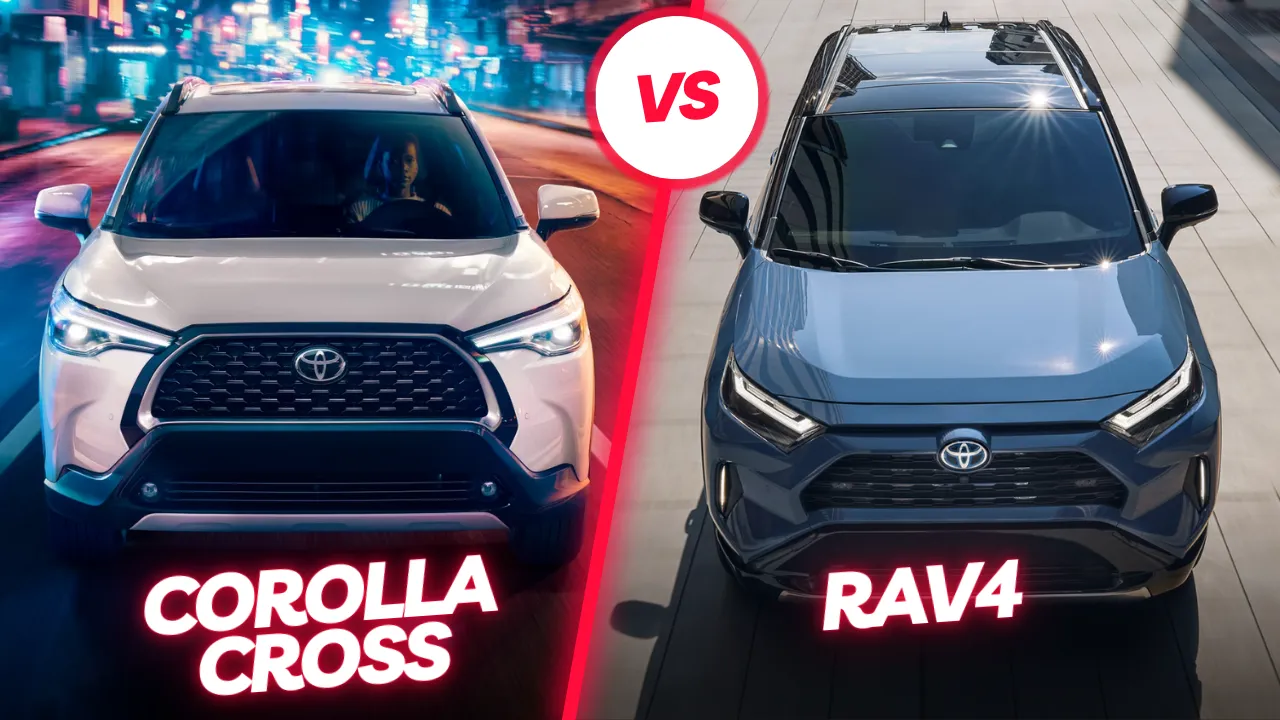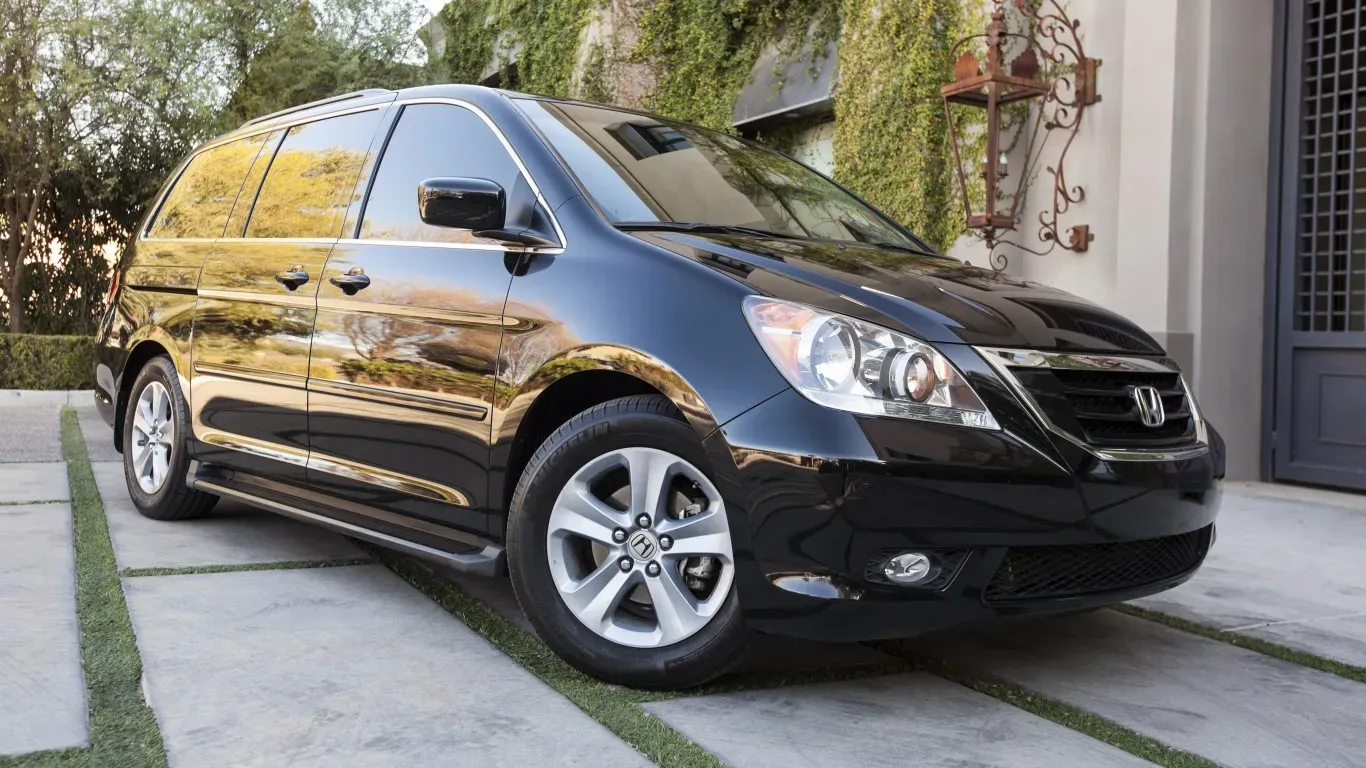The electric car tax credit or EV credit is a nonrefundable tax credit offered to taxpayers. These are those taxpayers who qualified for plug-in hybrid vehicles or electric vehicles. Nonrefundable tax credits lessen your penalty by the corresponding credit amount. However, it does not result in any extra credit amount refund. People who purchase a new EV may qualify for a tax credit of as much as 7,500$, and people who buy used EVs may be eligible for around 4,000$ in tax breaks.
In 2024, customers can select between claiming a nonrefundable credit on their tax returns or transferring the credit to the seller to decrease the price of the vehicle while selling. It gives taxpayers more resilience in the way they apply the benefit. Though there are some hiccups for consumers this year, the rule is different from the electric car tax deduction 2023 change that happened this year. Read this article to learn more about federal electric vehicle tax credits. Also, you will have the answer to “How to qualify for the full 7,500$ federal electric vehicle tax credit?”.
Table of Contents
ToggleHow to Qualify for the Full 7,500$ Federal Electric Vehicle Tax Credit?
There are some things to do to qualify for the electric vehicle tax credit. The max consumer credit for new cars is 7,500$, provided that all the requirements are fulfilled. We have written down those requirements in detail. From reading this article, you will have the answer to ‘How to qualify for the full 7,500$ federal electric vehicle tax credit?’.
- The Car Must be Sourced from and assembled in the Right Countries.
The finalization of assembling and sourcing must occur in North America (i.e., Canada, the US, or Mexico). This is one of the significant conditions for EV tax credit eligibility. You can Claim an EV tax credit if your Car meets this requirement. Also, after passing this condition, you can consider a 7,500$ EV tax credit in two parts: battery components and critical battery minerals.
Critical Battery Minerals: To qualify for this $3750 credit, at least 40% of the minerals in EV batteries must be recycled in the USA or processed or extracted from there.
Battery components: For the remaining $3750 qualification, 50% of the electric car battery needs to be assembled or manufactured in the USA. Furthermore, these two things can also be manufactured in a country with a free trade agreement with the USA.
- The MSRP Should Be Below The Price Cap
There are set price caps according to the car type. It became effective in January 2023 and referred mainly to the MSRP (manufacturer’s suggested retail price). However, it does not contain optional items added by the seller, manufacturer’s destination charges, and taxes or fees. For instance, the Car is still eligible if you buy an SUV for 79,990 MSRP, and the destination fees are added to iterate it for $80,000. However, if the caCars are bought for $82,000 and the electric vehicle tax incentives in the USA are under $80k, the caCarould not qualify.
- Which New Vehicles Approve For The Federal Tax Credit?
The vehicles that qualify for the federal EV tax credit are assembled in North America. Also, they should fulfil the battery components and critical minerals requirements. Also, it would help if you kept in mind that the CaCarust be bought for original use to get the approval for the federal tax credit. The electric vehicle tax credit amount is not the same for everyone. There are a lot of factors that affect the credit amount for EVs.
- How Should You Claim the Ev Tax Credit?
Now, we will give you the EV federal tax credit guide and instructions on how to claim it. The procedure for claiming the EV tax credit depends on when you bought the CaCarIf. If you purchased an eligible electric car in 2022, you can claim the EV tax credit on IRS Form 8936 when you prepare your taxes in 2023. The people who bought an eligible EV in 2023 can plead when doing their taxes in 2024.
- How Many Times Can You Claim the Electric Car Tax Credits?
The tax credit for new car purchases can be claimed once per CaCarNo. No limit exists on how many times you claim it in one year. Therefore, you should buy multiple new electric cars and claim the tax credit for every buy. However, remember that until 2024, the tax credit can only lessen your tax liability to 0$. You will only get a refund after that.
You can only claim for the use of EVs once every three years and once per vehicle. This means you will not be the first one to take ownership of the used vehicle, and you might not be able to plead for credit.
- Is Your Income Below the Income Cap?
The income limit is based on MAGI (Modified Adjusted Gross Income), which is approximately the adjusted gross income with specific allowable deductions added back in for the prior or current tax year. Based on filing status, the limits set for a new car are
| Filing status | Maximum eligible income (MAGI) |
| Joint tax returns or living spouse | $300,000 |
| Guardian of household | $225,000 |
| Individual or any other filing status | $150,000 |
Tax Credits for Used EVs

The tax credits for used electric cars will be estimated based on 30% of the value or $4000, whichever is less. As said earlier, no battery component or assembly requirements percentages exist for used PHEVs and EVs. The regulations for used electric cars went into effect in the year 2023, which are as follows:
| Filing status | Maximum eligible income (MAGI) |
| Joint tax returns or surviving spouse | $150,000 |
| Head of household | $112,500 |
| Individual or any other filing status | $75,000 |
Price Limit for Used Cars
There is a hard eligibility ceiling at a sale price of $25,000 for all used electric vehicles, no matter the type.
Income Limit for Used Cars
As with the new cars, the customer’s income is calculated using MAGI income. By filing status, the limits are:
| Filing status | Maximum eligible income (MAGI) |
| Joint tax returns or living spouse | $150,000 |
| Head of home | $112,500 |
| Individual or any other filing status | $75,000 |
Hopefully, now you know how to qualify for EV tax credits. Also, it would be best if you had the answer for how to qualify for the full 7,500$ federal electric vehicle tax credit.
Conclusion
A significant tax credit can lessen the cost of purchasing a new electric car by up to $7500. This rule makes these green cars more affordable than ever. We have done our best to give you the answer to,’ How to qualify for the full 7,500$ federal electric vehicle tax credit?’. Now you know what type of cars qualify for what amount. If you plan to buy an electric vehicle, whether new or used, you should be aware of these details. Now, if anyone asks you,’ How do you qualify for the full 7,500$ federal electric vehicle tax credit?’ you explain all these details to them.
I’m Waqas, an electric vehicle enthusiast and tech writer with over 6 years of experience covering the EV industry. I write in-depth articles, comparisons, and reviews to help readers understand the fast-evolving world of electric mobility. From battery technology to EV launches and charging trends, I aim to make complex EV topics simple, engaging, and informative for everyday drivers and curious readers alike.






2 Responses